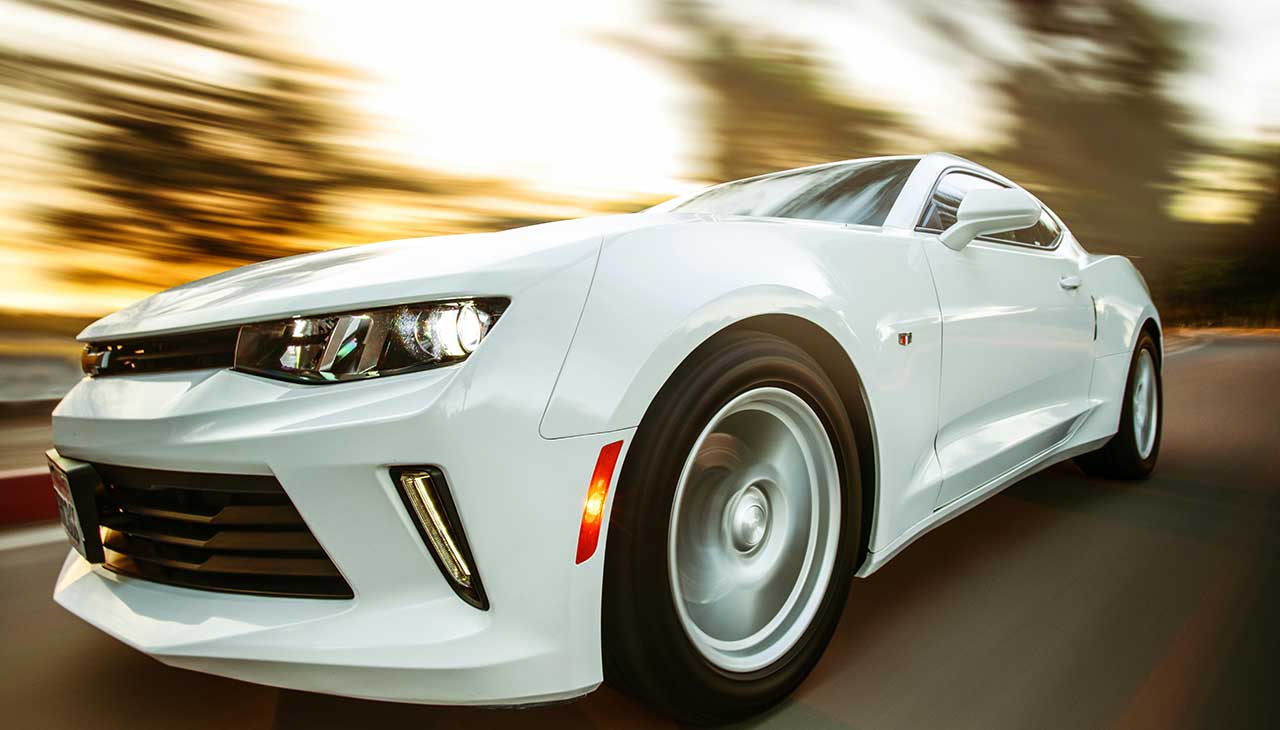Introduction
Buying a car is a significant investment, and the decision between a certified pre-owned (CPO) car and a regular used car can be daunting. For first-time car owners and savvy shoppers, understanding the differences can save money, stress, and future headaches. This guide will help you make an informed choice by exploring the ins and outs of both options, providing practical advice, and sharing real-world examples to ensure you drive away with a smile.
Understanding Certified Pre-Owned (CPO) Cars
What is a Certified Pre-Owned Car?
A certified pre-owned (CPO) car is a type of used car that has undergone a rigorous inspection and certification process by the manufacturer or a qualified third-party organization. These cars must meet specific age and mileage criteria to qualify for certification. Typically, they are late-model vehicles with less than 60,000 to 80,000 miles on the odometer and are generally no older than five to six years.
Benefits of Buying a CPO Car
One of the primary benefits of purchasing a CPO car is the peace of mind it offers. These vehicles come with extended warranties that often cover major components like the engine, transmission, and drivetrain. Additionally, CPO cars usually include perks such as roadside assistance, vehicle history reports, and complimentary maintenance for a specified period.
Another significant advantage is the thorough inspection each CPO car undergoes. Manufacturers inspect hundreds of components, ensuring the vehicle meets high standards for safety, performance, and appearance. This meticulous process minimizes the risk of buying a lemon and enhances the overall value of your investment.
Common Misconceptions about CPO Cars
Many buyers mistakenly believe that CPO cars are much more expensive than regular used cars. While it’s true that CPO vehicles generally have a higher price tag, the added benefits and warranties often justify the cost. Another misconception is that CPO cars are only available through dealerships. However, some manufacturers offer CPO programs for private sellers, expanding the pool of available vehicles.
The World of Used Cars
Differences Between Regular Used Cars and CPO Cars
Regular used cars, unlike CPO cars, do not undergo a standardized inspection or certification process. They can vary widely in terms of condition, mileage, and reliability. While CPO cars come with manufacturer-backed warranties and additional benefits, regular used cars are typically sold “as-is,” meaning any issues that arise after purchase are the buyer’s responsibility.
Advantages and Disadvantages of Buying a Used Car Without Certification
One of the main advantages of buying a regular used car is the lower initial cost. These vehicles are often more affordable than their CPO counterparts, making them an attractive option for budget-conscious buyers. Additionally, used cars offer a broader selection, including older models and those with higher mileage.
However, the disadvantages include the absence of warranties and the potential for hidden issues. Without the assurance of a thorough inspection, buyers must rely on their due diligence to uncover any problems. This can involve additional costs for independent inspections and repairs, which may offset the initial savings.
Tips for Smart Used Car Shopping
When shopping for a used car, it’s crucial to perform a comprehensive background check. Start by obtaining a vehicle history report from a service like Carfax or AutoCheck. This report will provide information on previous owners, accident history, and any reported maintenance.
Next, conduct a thorough inspection of the car, either yourself or by hiring a trusted mechanic. Look for signs of wear and tear, rust, and potential mechanical issues. Test drive the vehicle to assess its performance and comfort. Lastly, don’t hesitate to negotiate the price based on your findings and any necessary repairs.
Making the Right Choice
Factors to Consider When Deciding Between a CPO and a Used Car
Several factors should influence your decision between a CPO and a regular used car. Your budget is a primary consideration, as CPO cars typically come with a higher price tag. However, if you value peace of mind and warranty coverage, the extra cost may be worthwhile.
Consider your long-term plans for the vehicle. If you intend to keep the car for several years, a CPO vehicle’s extended warranty and reliability can provide added security. On the other hand, if you plan to upgrade or change vehicles within a short period, the lower cost of a regular used car might be more appealing.
Real-life Examples and Case Studies
Take Jane, for example, a first-time car buyer who opted for a CPO vehicle. She purchased a two-year-old Honda Civic with 25,000 miles. The car came with a comprehensive warranty and a detailed inspection report. Jane valued the added security and was willing to pay a premium for it.
Contrast this with Mike, a savvy shopper on a tight budget. He found a five-year-old Ford Focus with 60,000 miles at a significantly lower price. Mike conducted a thorough inspection and negotiated a fair price, saving money upfront. While he didn’t have the warranty, he was comfortable with the trade-off for his immediate financial situation.
How to Evaluate a Car’s History and Condition
Whether choosing a CPO or a regular used car, evaluating the vehicle’s history and condition is crucial. Start with a vehicle history report to uncover any red flags. Follow this with a detailed inspection, focusing on key areas such as the engine, transmission, brakes, and suspension.
Pay attention to the car’s exterior and interior condition. Look for signs of previous accidents, rust, and wear. Check the tires for even tread wear, as uneven wear may indicate alignment issues. Inside the car, test all electronics, including the air conditioning, sound system, and power windows.
The Purchase Process
Step-by-Step Guide to Buying a Car
- Research – Begin by researching different makes and models within your budget. Consider factors like fuel efficiency, maintenance costs, and resale value.
- Budget – Determine your budget, including down payment, monthly payments, insurance, and maintenance expenses.
- Pre-Approval – Get pre-approved for a loan to understand your purchasing power and streamline the negotiation process.
- Search – Use online platforms, dealership websites, and classified ads to find cars that meet your criteria.
- Inspect – Perform a thorough inspection and obtain a vehicle history report for any car you’re seriously considering.
- Test Drive – Test drive the vehicle to assess its performance, comfort, and handling.
- Negotiate – Negotiate the price based on your research and inspection findings.
- Close the Deal – Once you’ve agreed on a price, complete the necessary paperwork and secure financing if needed.
Financing Options for CPO and Used Cars
Financing options for CPO and used cars vary, but many lenders offer competitive rates for both. Dealerships often have partnerships with banks and credit unions, providing convenient financing solutions. Additionally, some manufacturers offer special financing rates for CPO vehicles, making them more affordable.
For regular used cars, it’s essential to shop around for the best loan rates. Consider obtaining pre-approval from your bank or credit union to strengthen your negotiating position. Compare interest rates, loan terms, and any additional fees to secure the best deal.
Conclusion
Choosing between a certified pre-owned and a regular used car ultimately depends on your needs, budget, and priorities. CPO cars offer peace of mind with their warranties and thorough inspections, making them an excellent choice for those willing to invest in added security. On the other hand, regular used cars can provide significant savings and a broader selection, but require more diligence and caution during the buying process.
By understanding the differences and carefully evaluating each option, you can make an informed decision that aligns with your goals. Whether you opt for a CPO or a regular used car, the key is to conduct thorough research, ask the right questions, and prioritize your needs.
We hope this guide has provided valuable insights into the world of car buying. If you have any questions, experiences to share, or need further assistance, please feel free to reach out. Happy car hunting!


